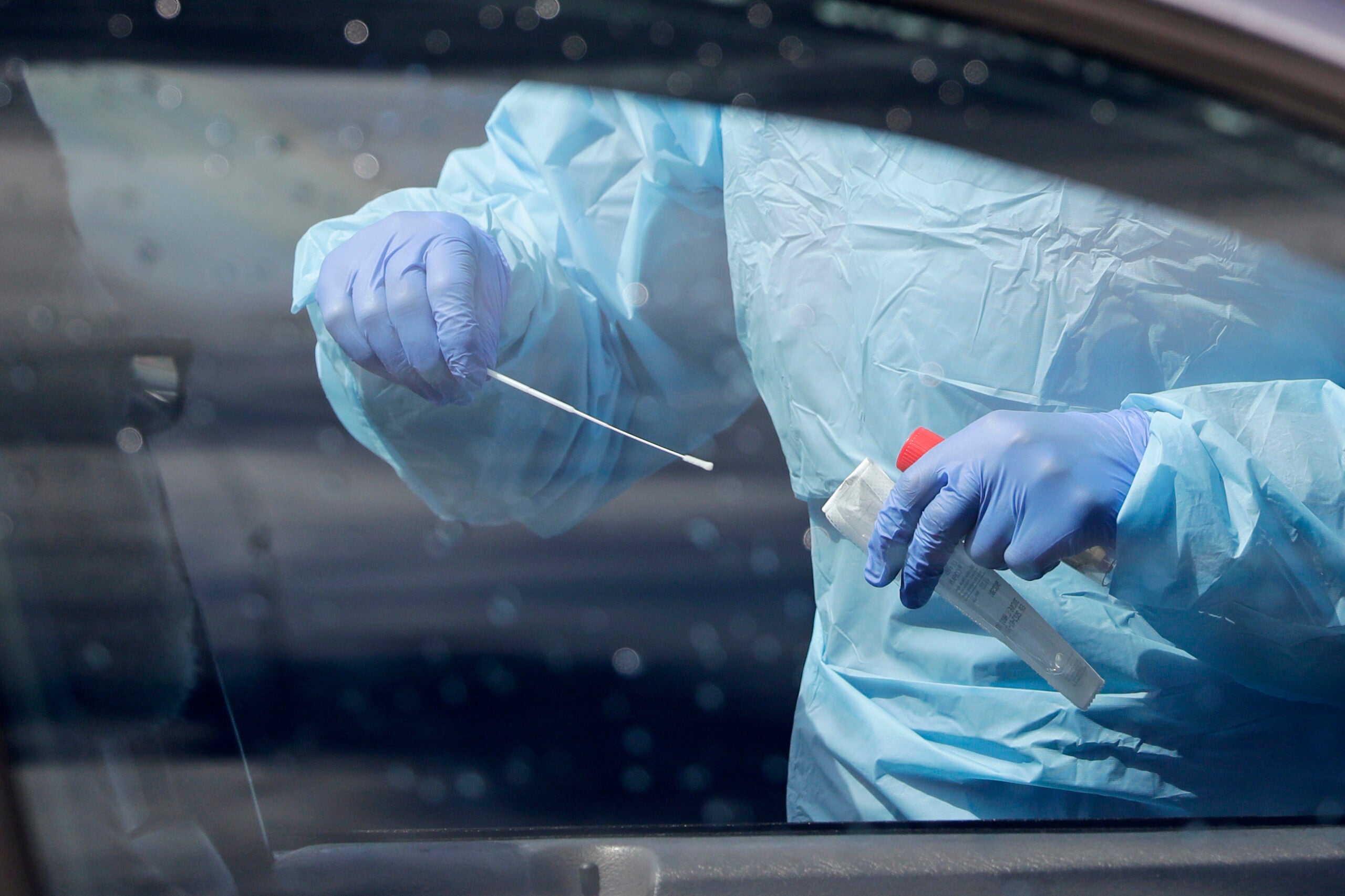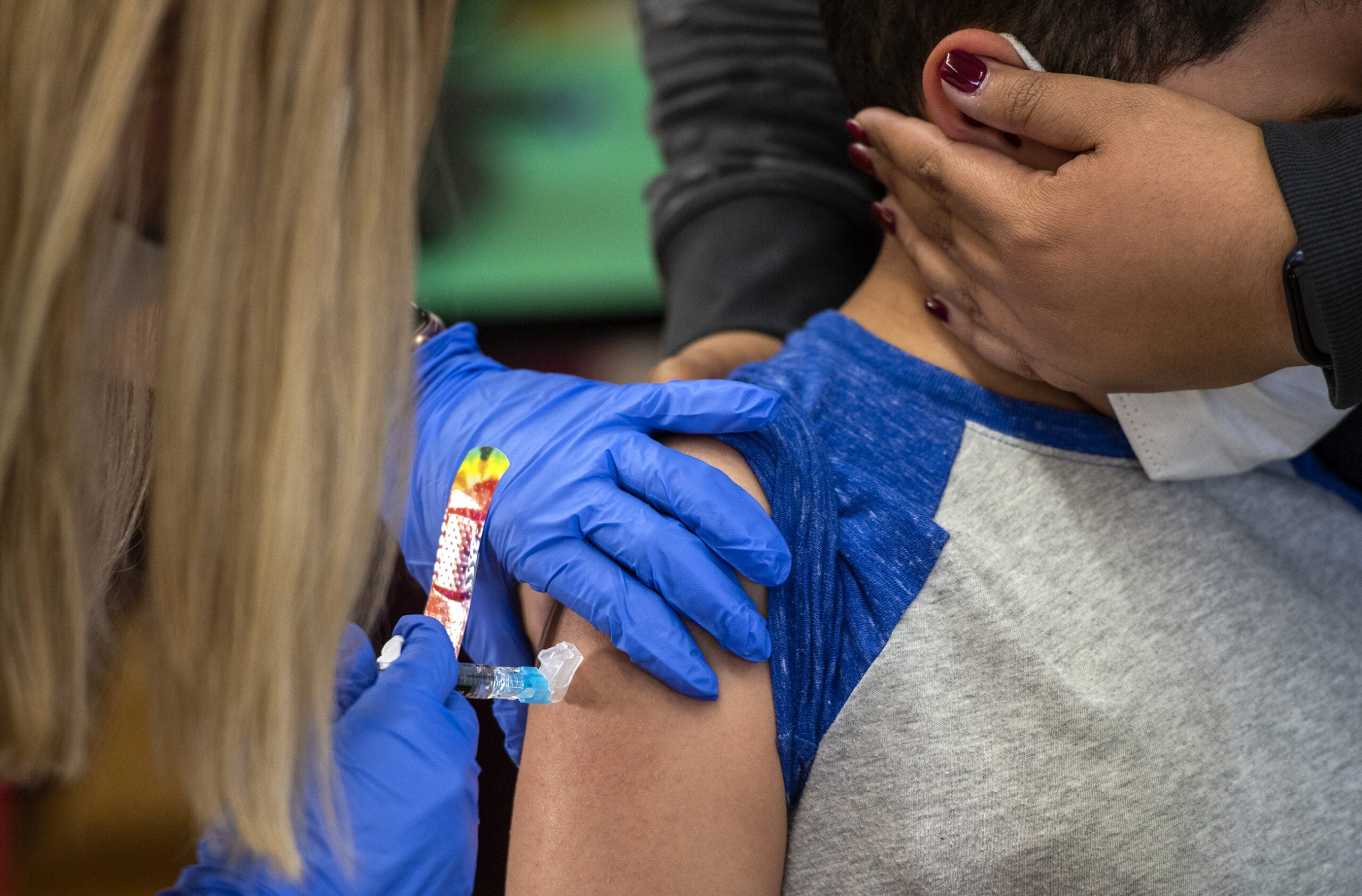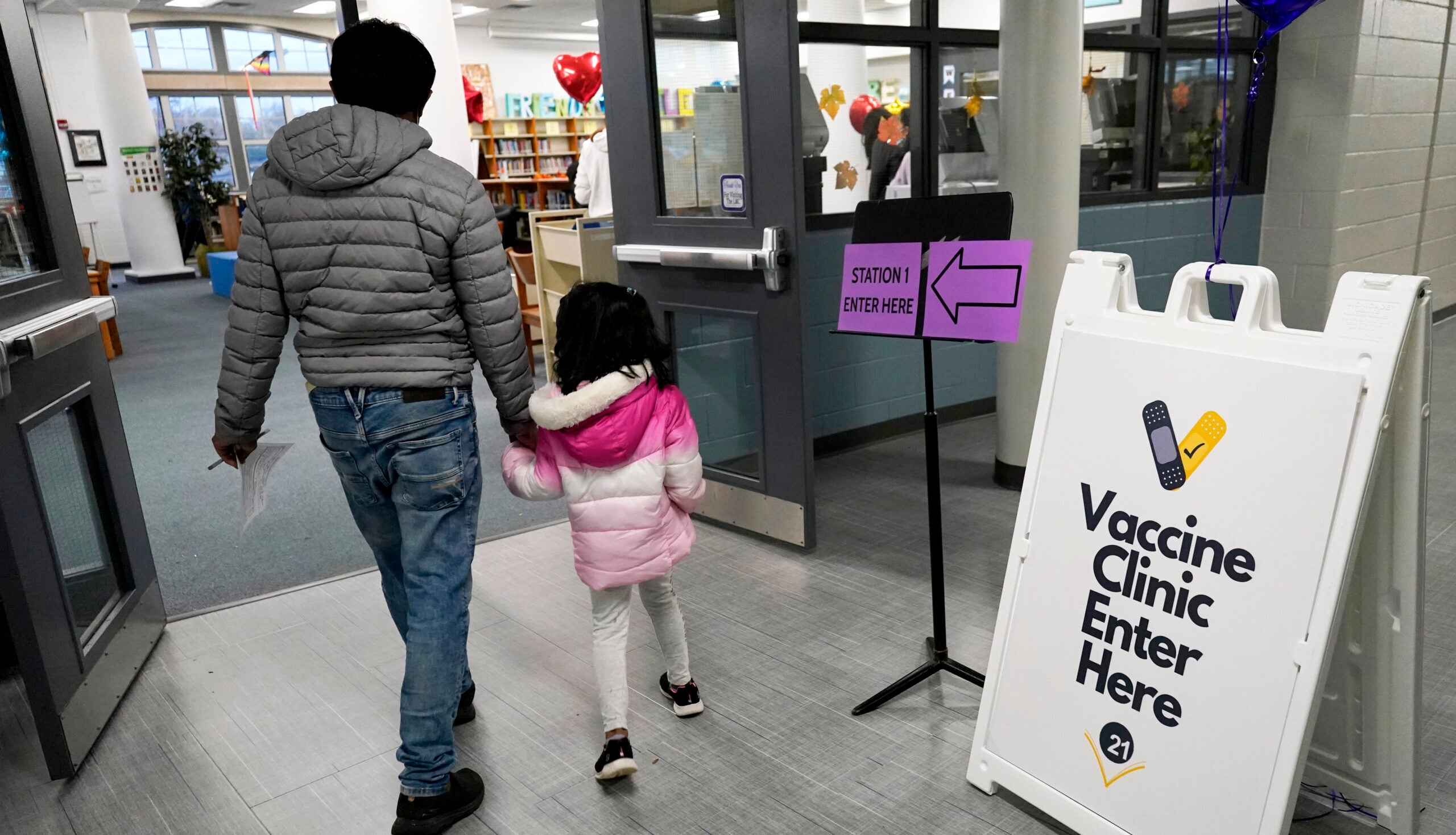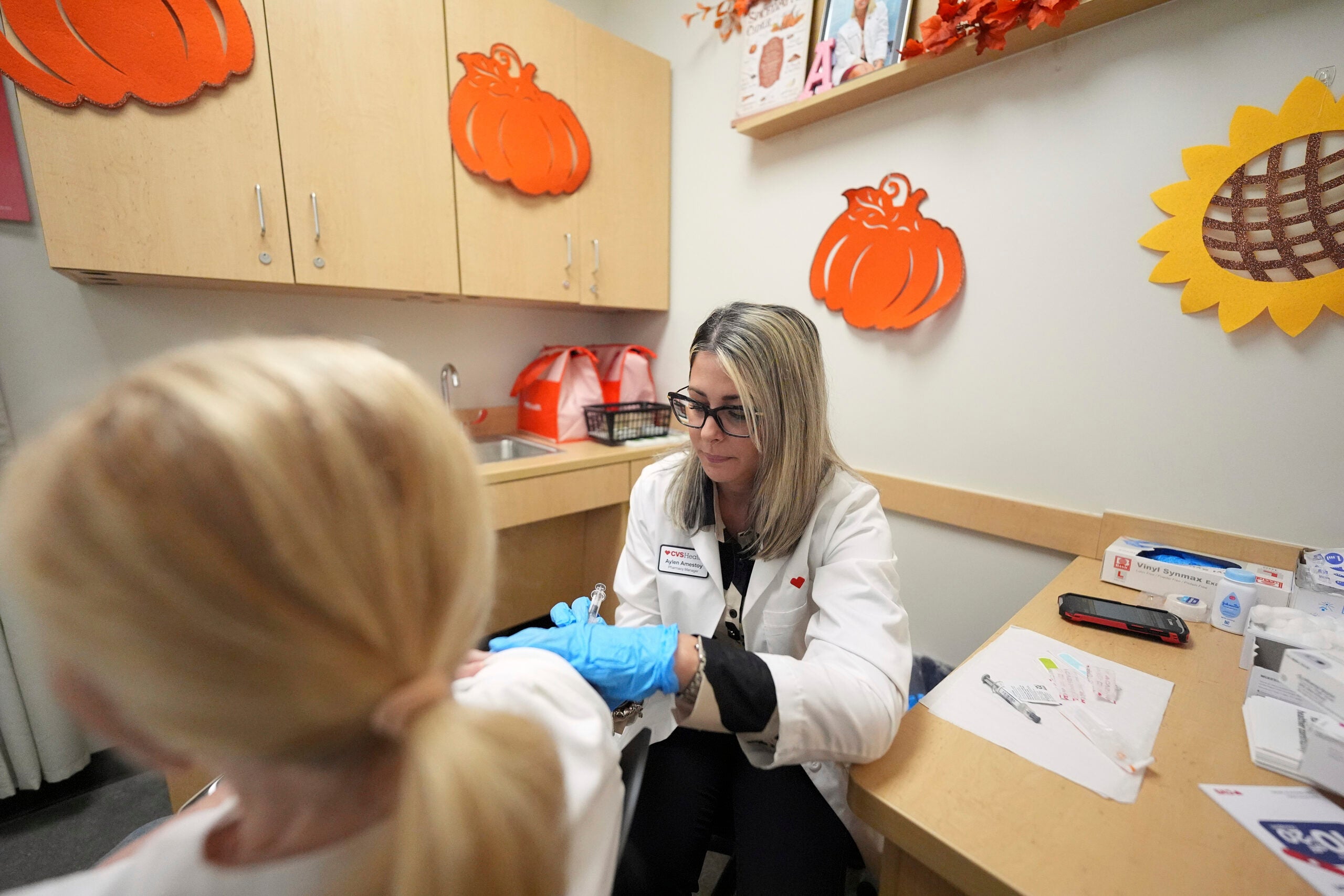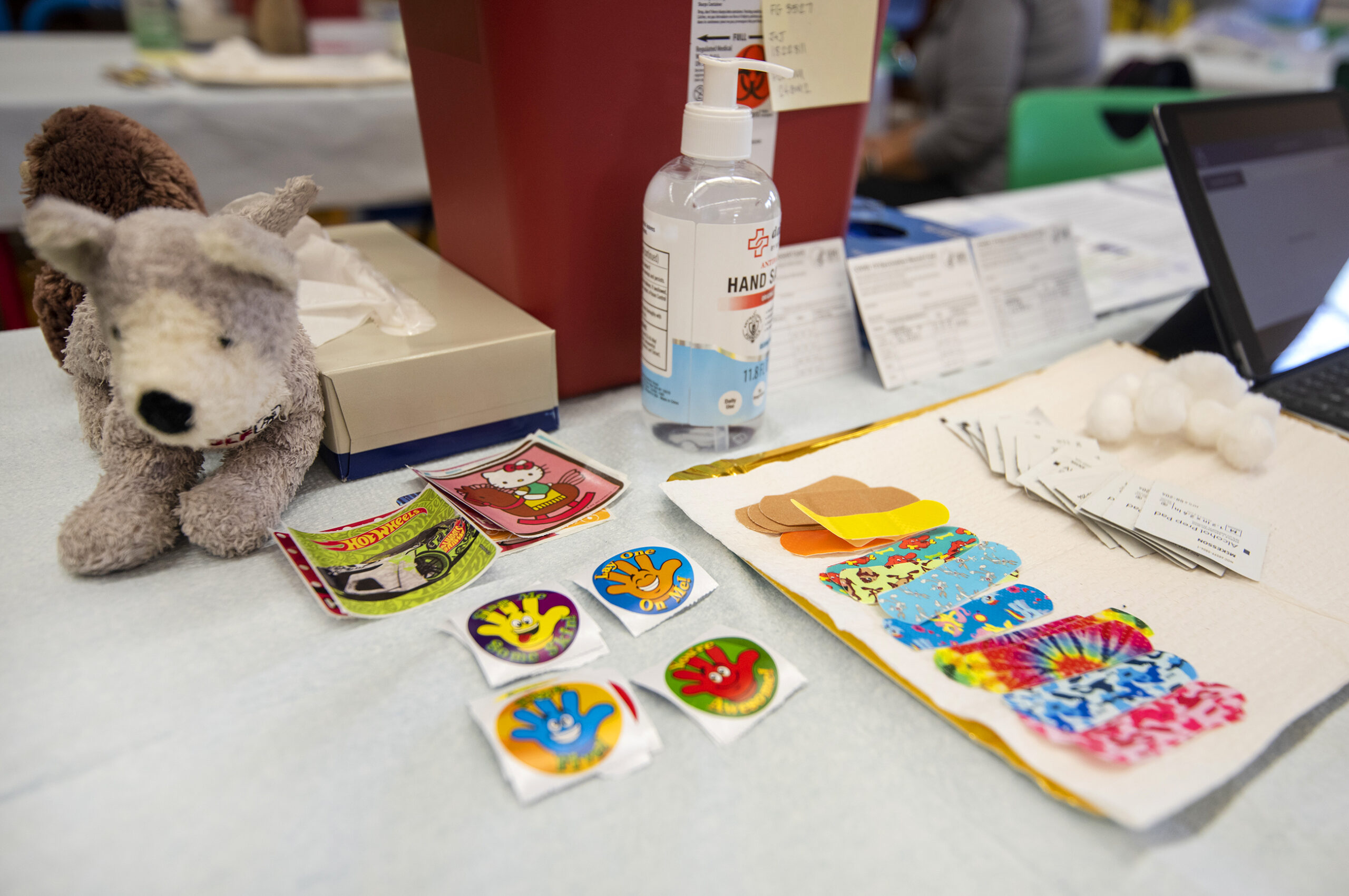Gov. Tony Evers says the Wisconsin Supreme Court ruling that overturned most of the state’s “Safer at Home” order has resulted in chaos for state residents and business leaders.
During a briefing Thursday, Evers said his administration had already opened some 14,000 small businesses around the state Monday potentially putting 90,000 people back to work.
“Despite that good work by Wisconsinites across our state who banded together, stayed home and stayed safe, Republican legislators have convinced four of our Supreme Court justices to throw our state into chaos,” Evers said. “We saw it already last night when the Tavern League of Wisconsin urged its members to open back up and people flooded the bars across the state instead of a comprehensive statewide approach to keep people safe.”
News with a little more humanity
WPR’s “Wisconsin Today” newsletter keeps you connected to the state you love without feeling overwhelmed. No paywall. No agenda. No corporate filter.
As a result, Evers said some local governments around the state are enacting their own rules, which will create a patchwork of regulations.
“That means you might have to follow a different set of rules then your neighbors across the street,” Evers said. “And if you own businesses in multiple locations or have employees who live in a different community than the one they work in, things are going to get very confusing, very fast.”
Wisconsin Department of Health Services (DHS) Secretary Andrea Palm echoed Evers’ disappointment over the Supreme Court ruling.
“This decision will hamper our ability to protect the health and safety of Wisconsinites, and it risks increasing our cases and our deaths,” said Palm. “In the face of this reality, I urge you to stick with us, Wisconsin, and continue to stay safer at home. Your commitment to flattening the curve has helped protect our frontline health care workers, our most vulnerable neighbors, and the capacity of our health care system more broadly.”
Palm said the court’s ruling “changes nothing about the science of this virus” and suggested there is more work to be done to open the state safely.
Palm announced Thursday there are 11,275 positive cases of COVID-19 in Wisconsin. That’s an increase of 373 cases from the day before.
According to health officials, 434 people in Wisconsin have died from COVID-19 as of Thursday afternoon.
DHS reported 122,598 negative tests for the new coronavirus, an increase of 1,124 from Wednesday to Thursday.
According to DHS, 1,939 people have been hospitalized because of the virus. That means at least 17 percent of people who have tested positive for the new coronavirus in the state have been hospitalized. DHS officials have said they don’t know the hospitalization history of 2,709 cases, or 24 percent.
DHS also released the names Wednesday of nursing homes that are currently under active public health investigation. Up until now, the state has not identified specific facilities where investigations are taking place.
According to the department’s website, 38 nursing home facilities were under active investigation as of Wednesday afternoon. Twelve of those were in Milwaukee County. According to the department, an active public health investigation begins when one or more staff or residents test positive for COVID-19. An investigation is considered closed 28 days after the last positive case was confirmed.
On Wednesday, the state Supreme Court overturned Wisconsin’s stay-at-home order, striking down one of the primary tools the Evers’ administration has used in its effort to slow the spread of the novel coronavirus.
The justices ruled the Evers’ administration exceeded its authority when Palm issued the “Safer at Home” extension scheduled to run until Tuesday, May 26.
The ruling does not mean life will return to normal in Wisconsin. It means it now falls to officials in the state’s 72 counties and in local municipalities to manage their communities’ response to COVID-19.
Before the ruling, the state had made progress in meeting criteria for reopening the state outlined in Evers’ “Badger Bounce Back” plan. A key metric is for the percentage of positive cases to be in decline over a 14-day period. According to state data, that metric has been met.
Last week, DHS released an additional list of metrics the agency planned to use to “determine when we can begin to allow people to interact and, more importantly, get Wisconsinites back to work.”
Before the state Supreme Court ruling, Evers announced Monday looser restrictions on more businesses because of criteria being met. The move allowed standalone or strip-mall-based retail stores to offer in-person shopping for up to five customers at a time with required social distancing practices and suggested safety guidelines, and drive-in theaters to operate with some restrictions.
With increases in the state’s testing capacity, health officials loosened restrictions on who can get tested, subject to the availability of testing supplies. An online map shows where people can be tested, provides contact information, hours of operation and guidance on how to schedule an appointment.
Evers said last week the goal is to make Wisconsin one of the top states in testing per capita. Evers said Wisconsin is preparing to provide 85,000 COVID-19 tests per week. This will be done by working with the Wisconsin National Guard to deploy teams to employer outbreak sites; providing free testing and diagnostics to Wisconsin’s 373 nursing homes; increasing the number of free drive-thru testing sites; and providing more supplies to health care systems so people who want a test can have one, Evers said.
As of Wednesday afternoon, Wisconsin has 52 labs performing COVID-19 tests, up from eight labs in March. According to DHS, they’re able to process 13,345 samples per day — more than the state’s goal of completing about 12,000 tests per day.
There are confirmed cases in 70 of Wisconsin’s 72 counties. Burnett and Pepin counties reported their first positive case of COVID-19 Thursday.
Langlade and Taylor counties have no confirmed cases as of Thursday afternoon.
Wisconsin Public Radio, © Copyright 2026, Board of Regents of the University of Wisconsin System and Wisconsin Educational Communications Board.
